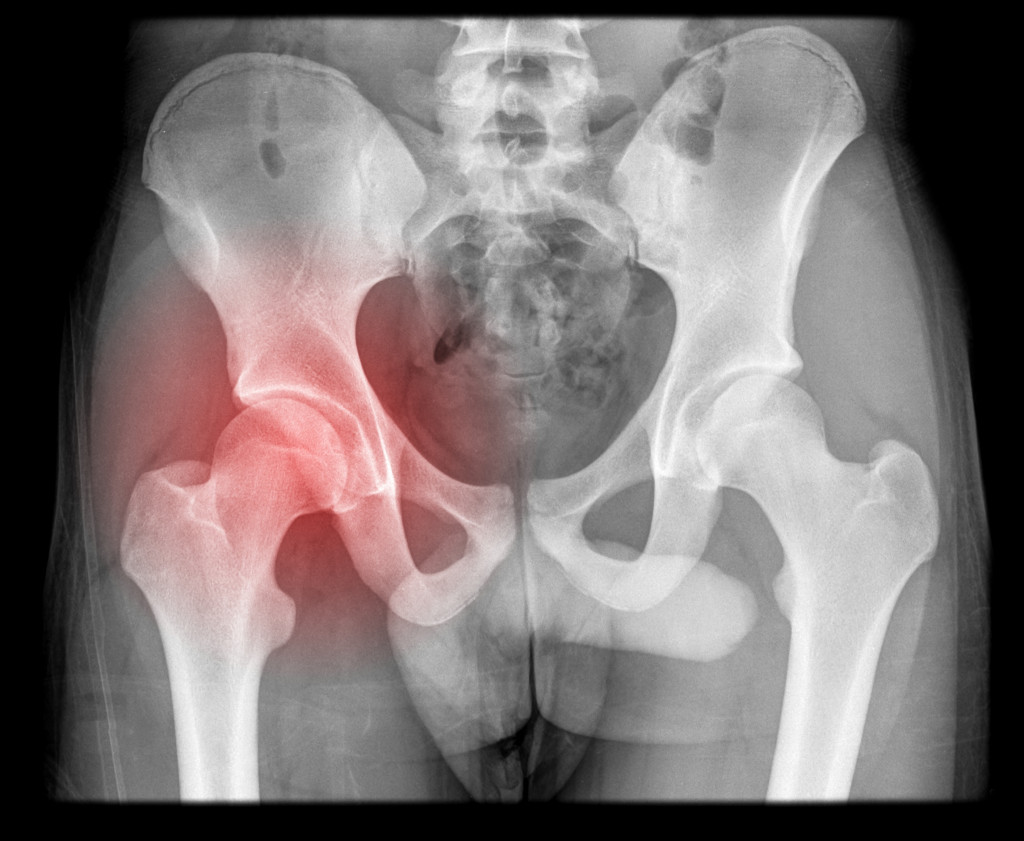Americans are some of the healthiest individuals in the world. The country is experiencing relatively high rates of life expectancy and low infant mortality rates. However, the health of Americans is not perfect. The country faces significant challenges in obesity, mental health, and other chronic diseases.
It’s pretty common to find an American with diabetes and heart disease. Although not everyone in the population has this, they are prone to such diseases. But there is one disease that almost every American adult has a good chance of experiencing. That disease is arthritis.
What is Arthritis?
Arthritis is a condition that affects the joints and causes pain and inflammation. It can affect people of all ages, but it is most common in adults over 65. There are many different types of arthritis, but the most common type is osteoarthritis.
Osteoarthritis
Osteoarthritis is a condition that has been around for centuries. It is believed to have originated in ancient China, referred to as “dampness of the joints.” However, the first written record of osteoarthritis is from a medical text written in India in the 6th century AD. The text referred to it as “gout of the joints.”
Over the years, osteoarthritis has been called many different names. In the 1800s, it was known as “rheumatic gout.” In the early 1900s, it was referred to as “degenerative joint disease.” And in the 1950s, it was called “wear and tear arthritis.”

Today, osteoarthritis is one of the most common joint diseases in the world and the United States. It affects millions of people in both developed and developing countries. The exact cause of osteoarthritis is still unknown, but researchers believe it is caused by a combination of genetic and environmental factors.
Symptoms of Osteoarthritis
The most common symptom of osteoarthritis is pain. The pain can range from a mild ache to severe and debilitating pain. Other symptoms include:
- Stiffness: This is usually worse in the morning or after periods of inactivity.
- Swelling: This can occur in the joints, as well as in the surrounding tissues.
- Loss of range of motion: This can make it difficult to move the affected joint through its full range of motion.
- Grinding or creaking: This may be heard when moving the affected joint.
- Weakness: This can make supporting your body weight on the affected joint challenging.
These symptoms can grow worse over time if left untreated. The worst forms of osteoarthritis can lead to immobility among seniors.
Diagnosing Osteoarthritis
The diagnosis of osteoarthritis is a pretty complicated process. First, medical professionals must conduct tests and examinations to rule out other conditions causing the symptoms.
Blood tests are relatively standard when diagnosing this kind of disease. However, imaging tests are also crucial for an accurate diagnosis. Therefore, MRI tests are some of the most common imaging tests for this kind of disease.
It’s good to ask for an MRI scan to check the overall state of your body and rule out other diseases that might not be osteoarthritis. However, if you’re claustrophobic or are already experiencing a lot of pain from the condition, consider getting an upright open MRI scan instead. This MRI scan is just as effective but won’t require you to be enclosed in a small space. You don’t even have to lie down and stand up, which can be problematic for your overall health.
Your doctor will conduct a physical examination once other conditions have been ruled out. The doctor will check for swelling, redness, and warmth in the joints. They will also check for any deformities in the joints.
After all of these tests have been conducted, the doctor can give you a definitive diagnosis.
Treatment for Osteoarthritis
There is no cure for osteoarthritis. However, some treatments can help relieve the symptoms and improve the quality of life.
The most common treatment for osteoarthritis is pain relief. Pain relievers, such as acetaminophen and ibuprofen can help reduce the pain associated with the disease. If these over-the-counter medications are ineffective, your doctor may prescribe stronger pain medications.
Other treatments for osteoarthritis include:
- Exercise: Exercise can help strengthen the muscles around the affected joint and improve the range of motion.
- Weight loss: Losing weight can help reduce the amount of stress on the joints.
- Heat and cold therapy: Applying ice or heat to the affected joint can help to reduce pain and swelling.
- Surgery: In some cases, surgery may be necessary to repair or replace the affected joint.
These are just some of the most common treatments for osteoarthritis. Your doctor will be able to create a treatment plan that is tailored to your specific needs.
Osteoarthritis is a debilitating disease that affects millions of people all over the world. While there is no cure for this condition, there are treatments available that can help to relieve the symptoms and improve the quality of life. Make sure to keep fit and healthy to avoid this chronic disease.
